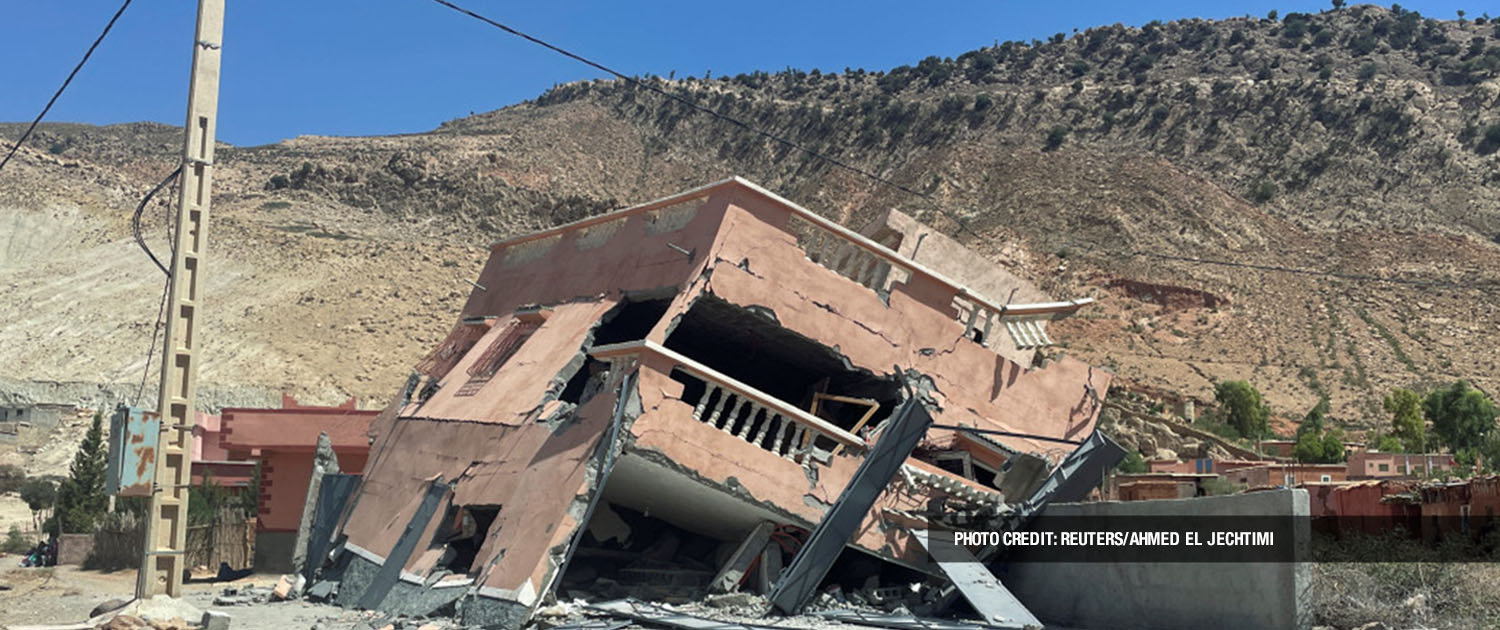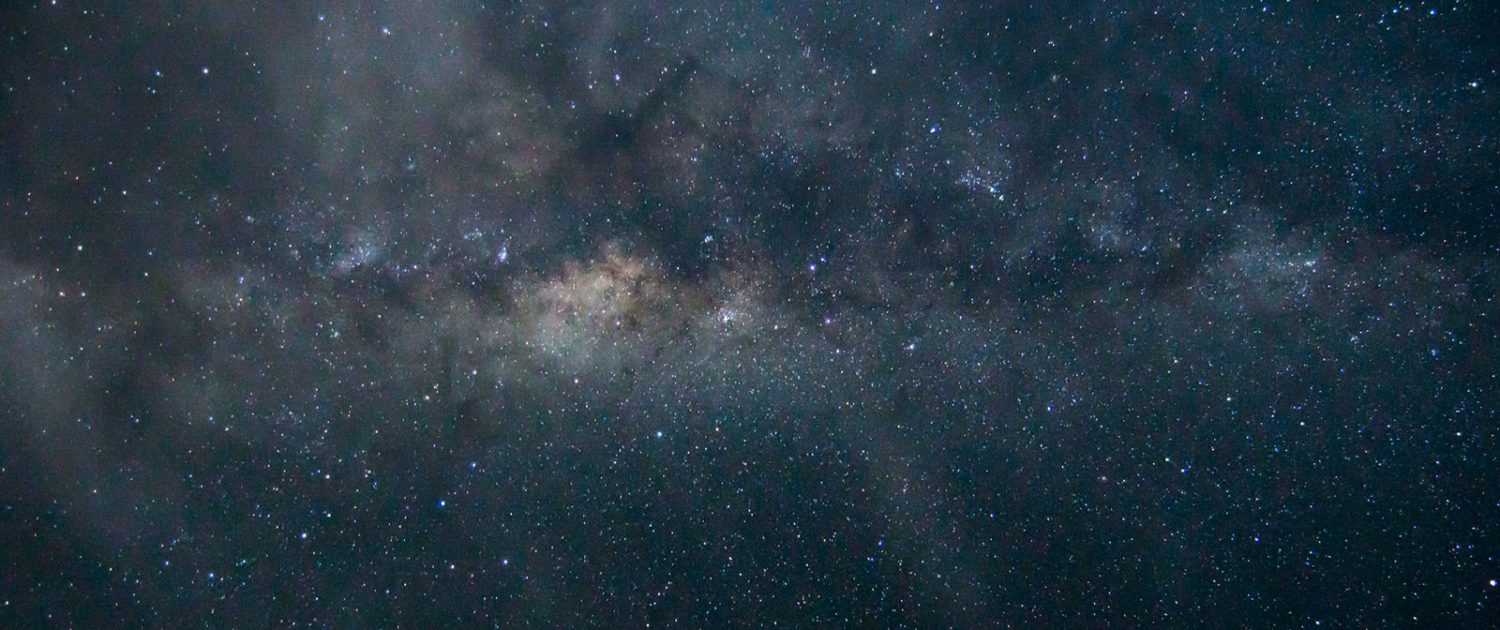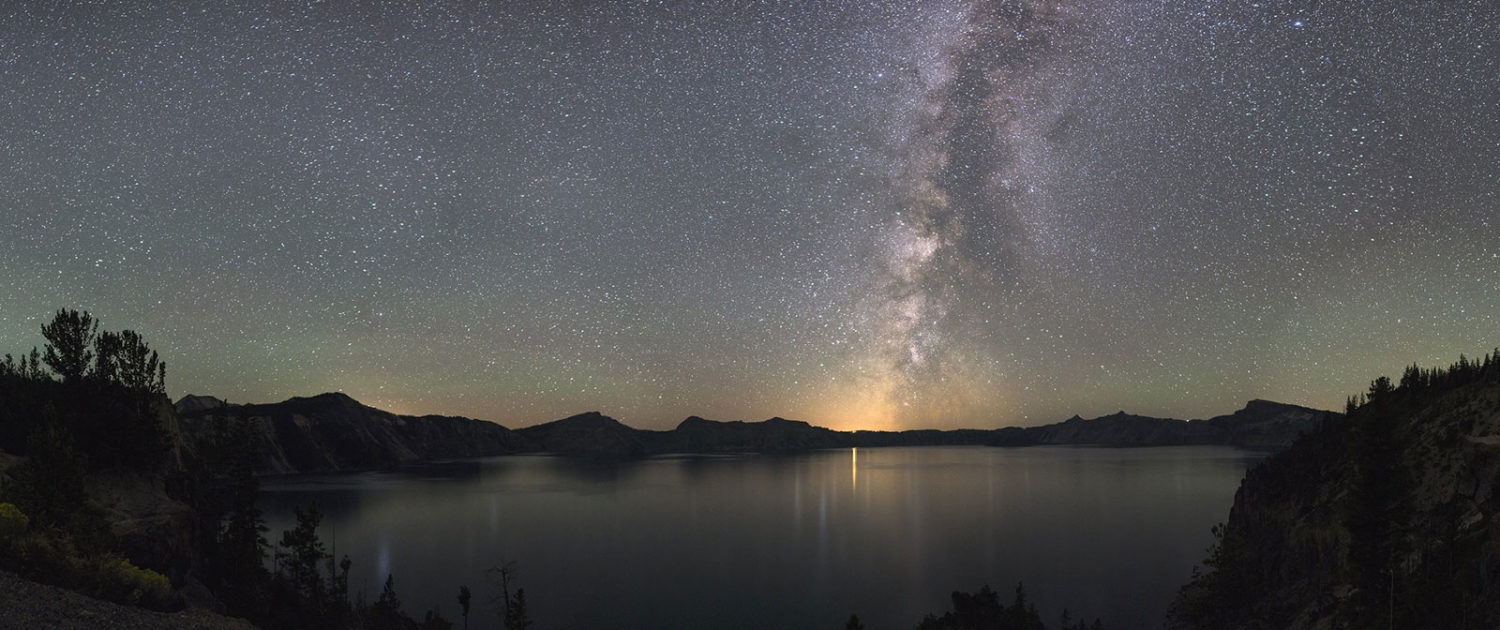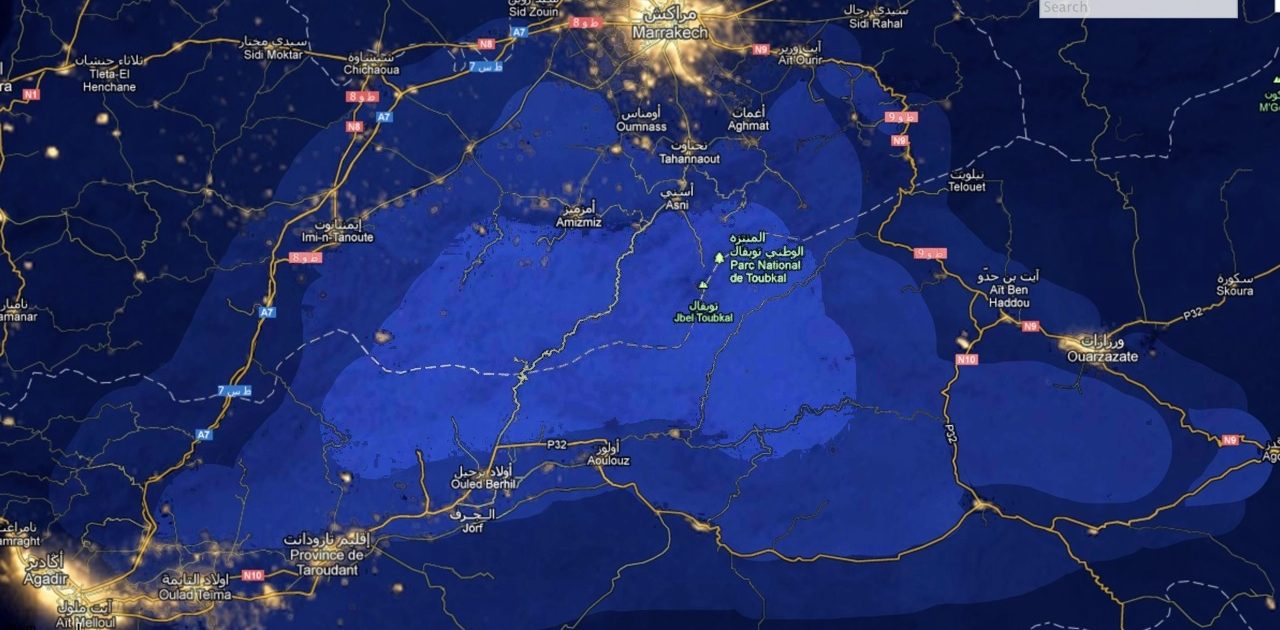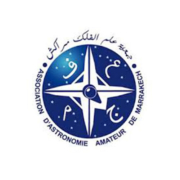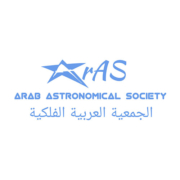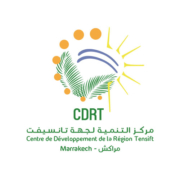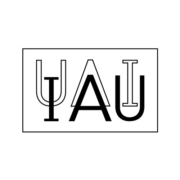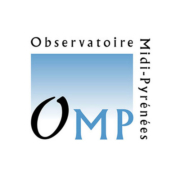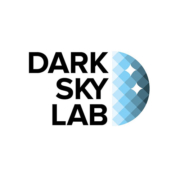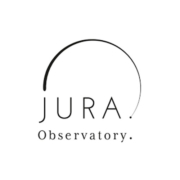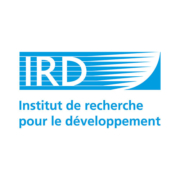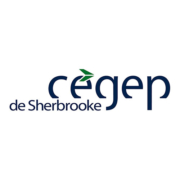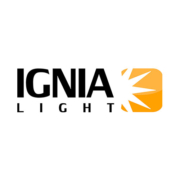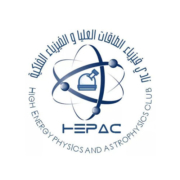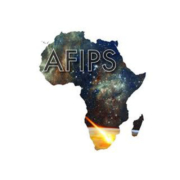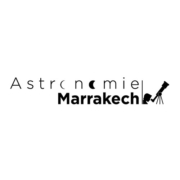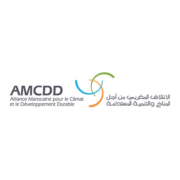1 http://www.darksky.org
2 Jakle, J. A. 2001. City lights. Illuminating the, American night. John Hopkins University Press, Baltimore, Maryland, USA.
3 Doll, C. N. H., J.-P. Muller, and J. G. Morley. 2006. Mapping regional economic activity from night-time light satellite imagery. Ecological Economics 57:75-92.
4 Rich, C., and T. Longcore, editors. 2006. Ecological consequences of artificial night lighting. Island Press, Washington, D.C., USA.
5 Navara, K. J., and R. J. Nelson. 2007. The dark side of light at night: physiological, epidemiological, and ecological consequences. Journal of Pineal Research 43:215-224.
6 Riegel, K. W. 1973. Light pollution. Science 179:1285-1291.
7 Benkhaldoun, Z.; Abahamid, A.; El Azhari, Y.; Lazrek, M., «Optical seeing monitoring at the Oukaïmeden in the Moroccan high Atlas mountains: first statistics », Astronomy and Astrophysics, Volume 441, Issue 2, pp.839-843, 2005.
8 M. Sabil, Z. Benkhaldoun, M. Lazrek, A. Benhida, Y. Hach, A. Habib, A. Bounhir, « First characterization of Jbel Aklim in Moroccan Anti-Atlas as a potential site for the E-ELT », Astronomy and Astrophysics, Volume 522, id.A69, 2010
9 Baratoux, D., et al. (2017), The state of planetary and space sciences in Africa, Eos, 98,https://doi.org/10.1029/2017EO075833. Published on 13 June 2017.


